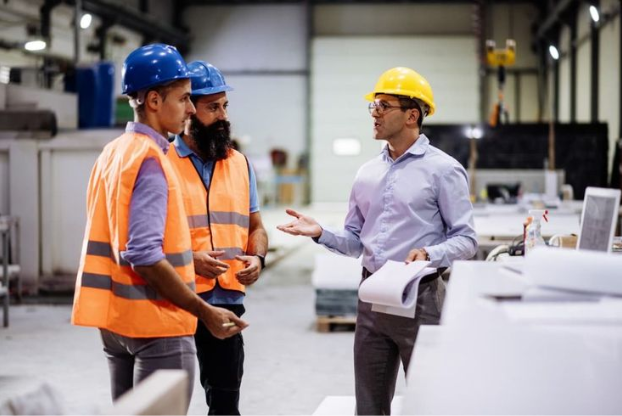Sustainability in construction isn’t just about using eco-friendly materials. It’s a complete approach that includes how buildings are cleaned, maintained, and repaired. With rising concerns over environmental impact, more companies are rethinking traditional methods. From water systems to hazardous materials, every element counts. Sustainable construction and maintenance are about protecting people, saving resources, and ensuring long-term building health.
Using Eco-Friendly Methods For Wet Vault Cleaning
Wet vault cleaning is essential for managing stormwater and underground utility systems. These large underground chambers collect runoff, debris, and sediment. Over time, they become clogged, which can cause flooding or damage to infrastructure.
Traditional cleaning methods often waste water and use heavy equipment that emits carbon. A sustainable approach uses vacuum trucks with filtration systems to recycle water during the process. It reduces waste and minimizes disruption to surrounding land. When performed regularly, eco-conscious wet vault cleaning extends the life of infrastructure and supports local ecosystems by preventing pollutants from reaching rivers or lakes.
Safe Handling Through Asbestos Floor Tile Remediation
Asbestos floor tile remediation refers to the safe removal or containment of old tiles containing asbestos. Once a popular material due to its strength and heat resistance, asbestos is now known to cause serious health issues when fibers become airborne.
The asbestos floor tile remediation focuses on controlled removal, air monitoring, and waste disposal that meet environmental standards. It’s not just about getting rid of toxic material—it’s about doing so responsibly. Professional crews seal off spaces, use HEPA filters, and wear protective gear. The tiles are never crushed or broken unnecessarily. By following strict guidelines, this remediation prevents contamination and ensures indoor air quality remains safe.
Reducing Resource Waste During Building Upgrades
Many buildings need upgrades for safety, energy efficiency, or modern use. During these changes, it’s easy to waste materials. A sustainable approach means reusing parts, sourcing recycled components, and planning carefully to avoid over-ordering.
When wet vault cleaning or asbestos floor tile remediation is part of a renovation, timing is everything. Coordinating these tasks can prevent duplicate work and cut back on fuel consumption from multiple trips. Smart planning reduces downtime, labor costs, and landfill use—all major wins for sustainability.
Training Teams In Green Construction Protocols
Sustainability only works if everyone understands their role. That’s why construction teams now train in green protocols. They learn the correct ways to handle hazardous materials and use equipment that lowers emissions.
During asbestos floor tile remediation, trained crews know how to manage contaminated waste without risking nearby people or wildlife. During wet vault cleaning, workers are taught how to filter water efficiently and avoid damaging nearby plants or soil. Training creates a team that works smarter, not just harder.
Monitoring Environmental Impact Over Time
Tracking results is key to improvement. Many construction companies now measure their environmental footprint. After projects like wet vault cleaning or asbestos tile removal, they assess soil quality, air readings, and water clarity.
This kind of monitoring ensures that their efforts are not just a one-time fix. It proves that sustainable practices lead to real, lasting change. These assessments also help them refine methods and adopt better tools in the future.
Conclusion
Sustainable construction and maintenance are more than trends—they are a necessity. From careful wet vault cleaning that protects waterways to asbestos floor tile remediation that safeguards health, each action plays a vital role. By combining smart techniques, team training, and continuous monitoring, the industry can reduce harm and build a better future. Every project offers a chance to improve—not just the building, but the world around it.

